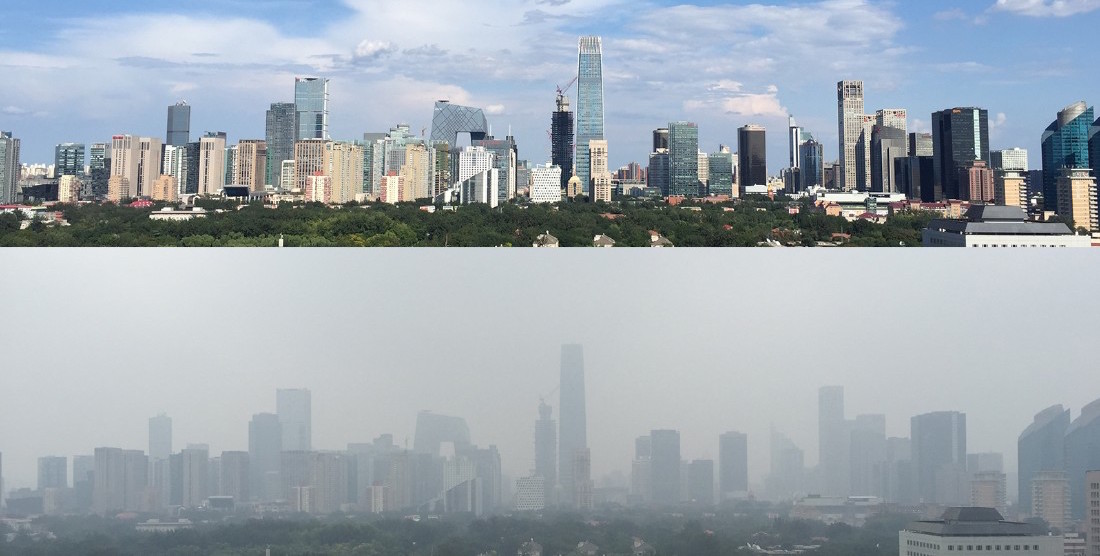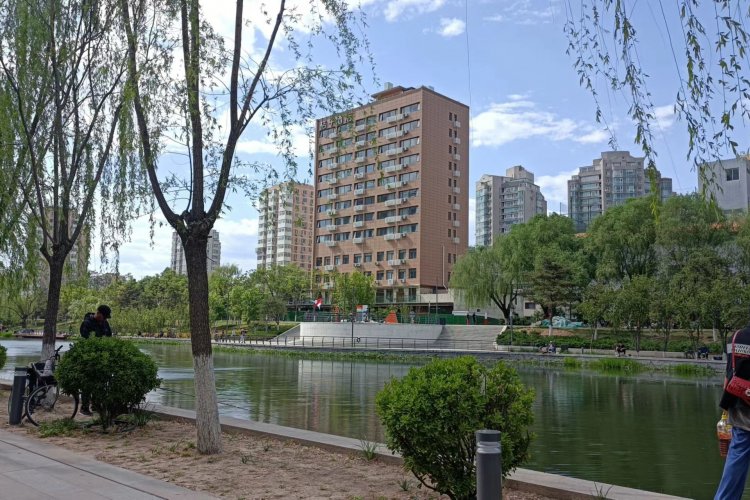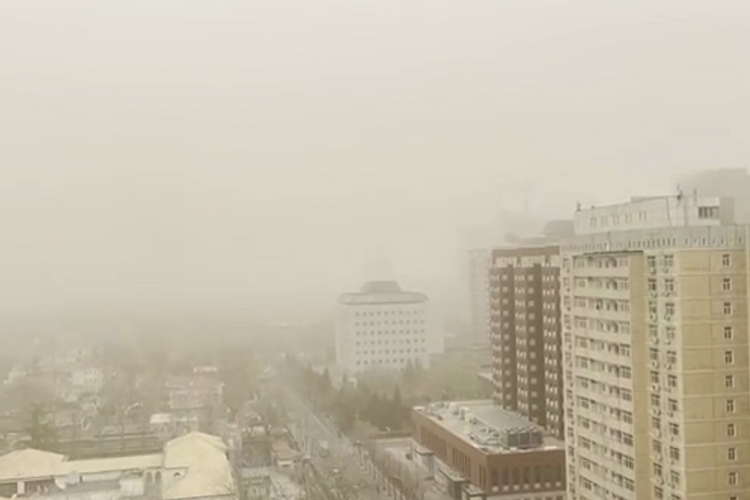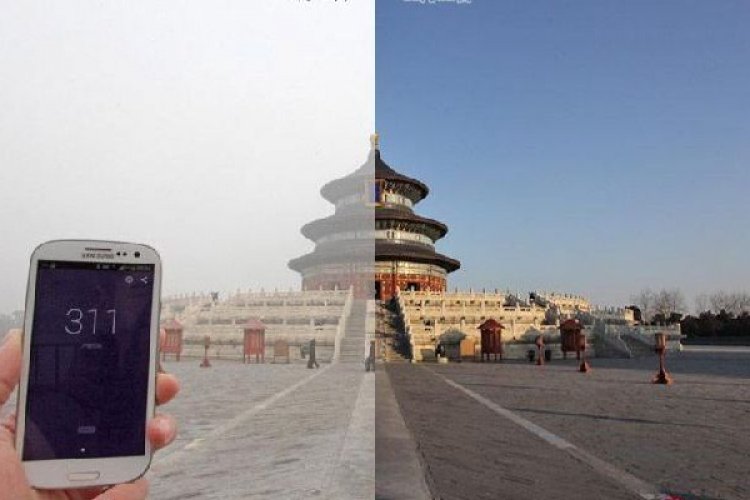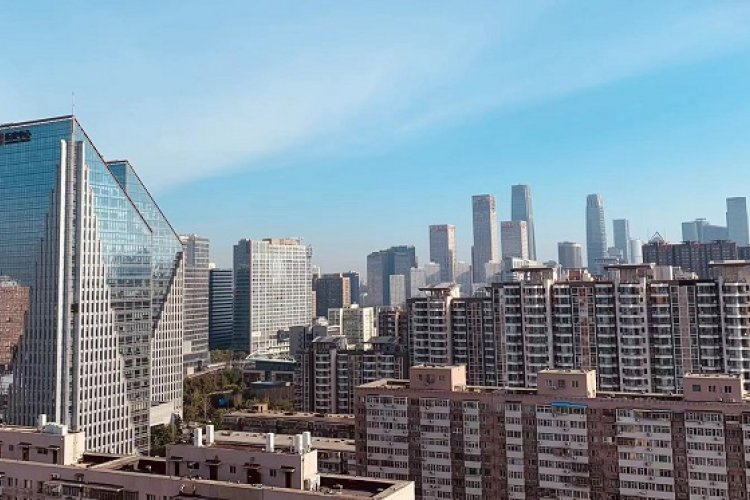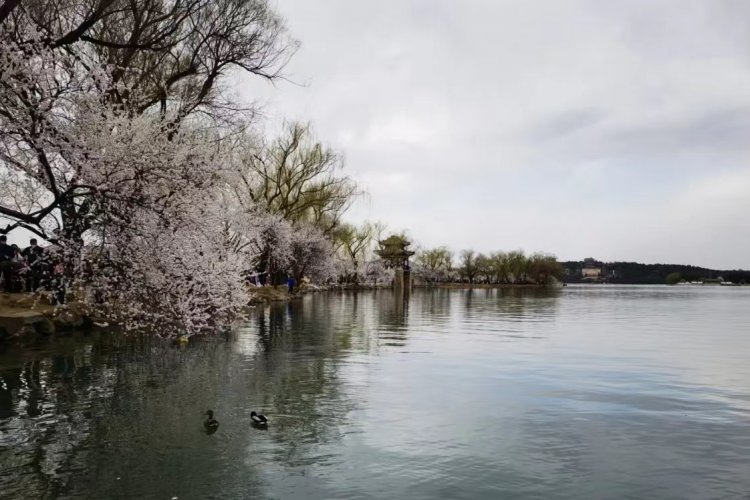Beicology: Beijing Pollution Progress Deemed Part of a "Long-Term Process"
Our semi-regular Beicology column details the capital's environmental news.
Promising Findings
For Beijingers who have endured years of the globally derided “Airpocalypse” days and pollution red alerts, 2019 is proving to be a surreal period indeed. In a good way, that is – from a recent Greenpeace report declaring Beijing is no longer in the top 100 most polluted cities in the world, to a Mar 9 United Nations-backed report deeming Beijing air improvements to be a "model for other cities," the Chinese capital certainly seems to be turning a corner on a problem that has dogged it for years.
READ: Beijing Not Even in Top 100 Most Polluted Cities in the World
Conducted by both UN Environment and the Beijing Municipal Ecology and Environment Bureau (BEE), the Mar 9 report features more than two decades worth of data. While gradual progress was made between 1998 and 2013, the report details how it was ratcheted up from 2013 onward thanks to more “systematic” procedures like “measures to control coal-fired boilers, provide cleaner domestic fuels, and industrial restructuring.” It seems that the momentum of those green measures hasn’t slowed down. A separate article by the South China Morning Post published in the same week as the UN announcement details China’s ongoing “war on pollution," which has lead to a third consecutive year of production and crackdowns.
"A Long-Term Process"
Thanks to those measures, levels of the harmful PM2.5 pollutant have dropped by 35 percent in Beijing. Though that might sound impressive, it still isn’t lower than the recommended levels of the World Health Organization (WHO). Beijing Municipal Bureau of Ecology and Environment Deputy Head Yu Jianhua, laments that point in an article by UN Environment, saying how “heavy pollution episodes still occur during autumn and winter."
Yu’s admission echoed the SCMP article's troubling figures which detail how PM2.5 levels have risen by 13 percent nationally even as rates drop in the capital. Indeed, critics have long pointed out that pollution-spewing factories around Beijing have simply been moved further away and rebuilt in rural regions which enjoy much less international scrutiny and press.
"Solving all these air quality issues will be a long-term process," Yu said on the heels of the UN findings. "We are willing to share our long-accumulated knowledge and wealth of experience on air pollution with other cities in developing countries."
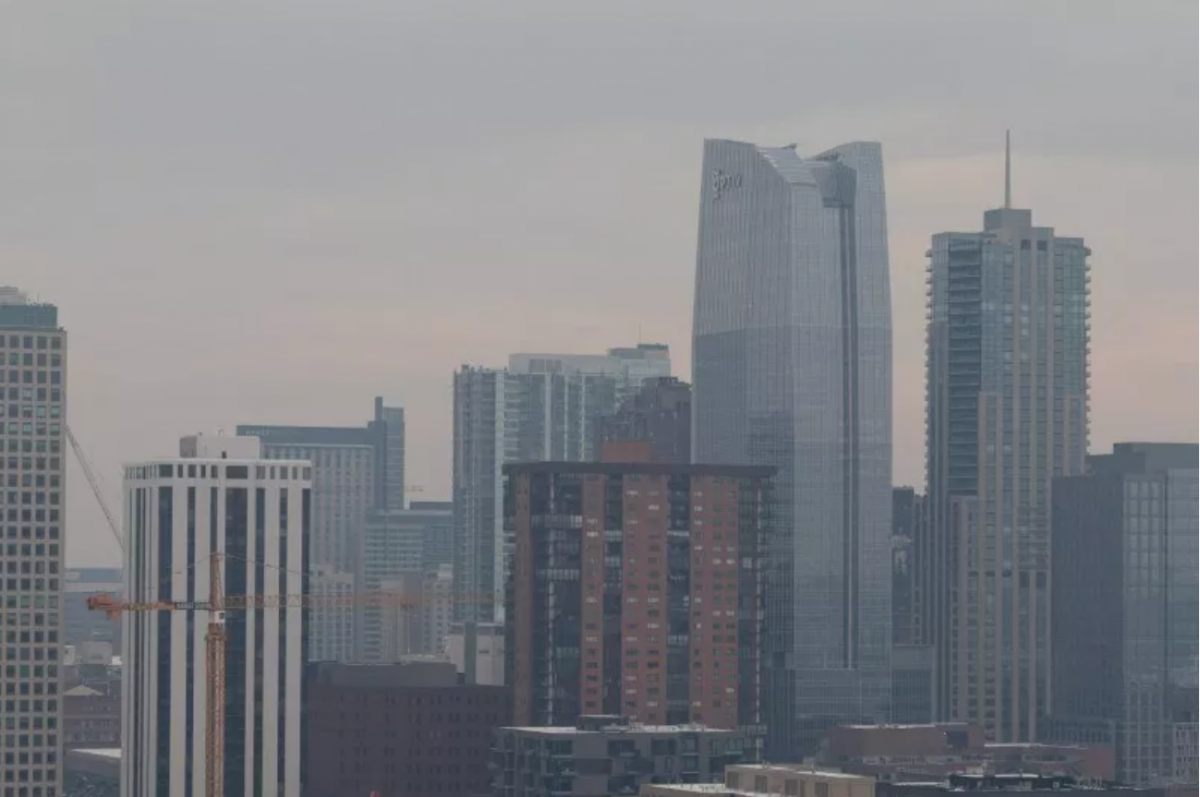
From the Chinese Mainland to the American Heartland
Developed nations might also stand to learn a thing or two from Beijing’s strides against smog. In another twist, on Mar 6, when the AQI level was 51 in Beijing, the midsize American city of Denver was stricken with pollution levels triple that – reaching a high of 162 AQI.
An article in Denver Streets described how the Colorado town’s increasingly notorious “brown cloud,” is a result of local dependency on oil and gas production, as well as cars because of a dearth of cleaner energy and transportation alternatives.
Yet even this pales in comparison to when the Napa Valley was blanketed in pollutants in 2017. As wildfires tore through Californian region best-known for its fine wine, AQI levels soared to 200, sparking numerous comparisons to Beijing not only Stateside, but also back on the mainland. Indeed, one Chinese netizen wrote on Weibo at the time “that photo of a hazy [California] sky at sunset looks familiar."
Got a tickle in your throat? Here are some of the best pollution masks of 2019
Photos: CNN, Andy Bosselman (via denver.streetsblog.org)

